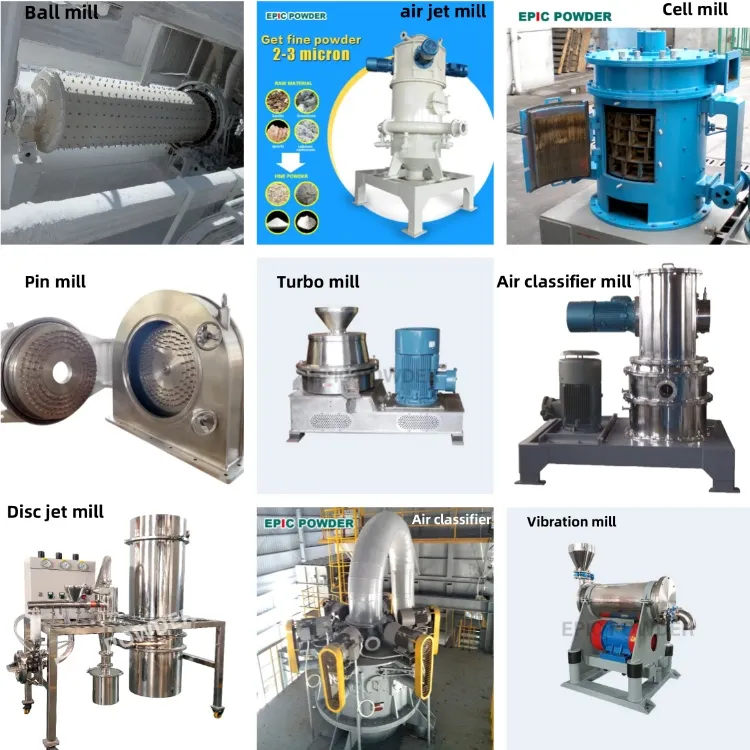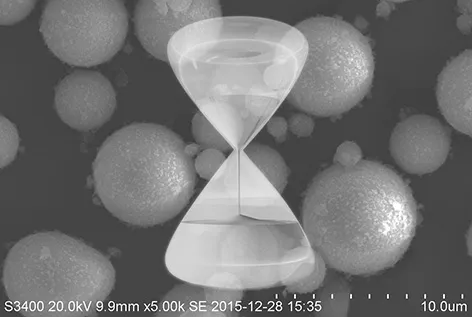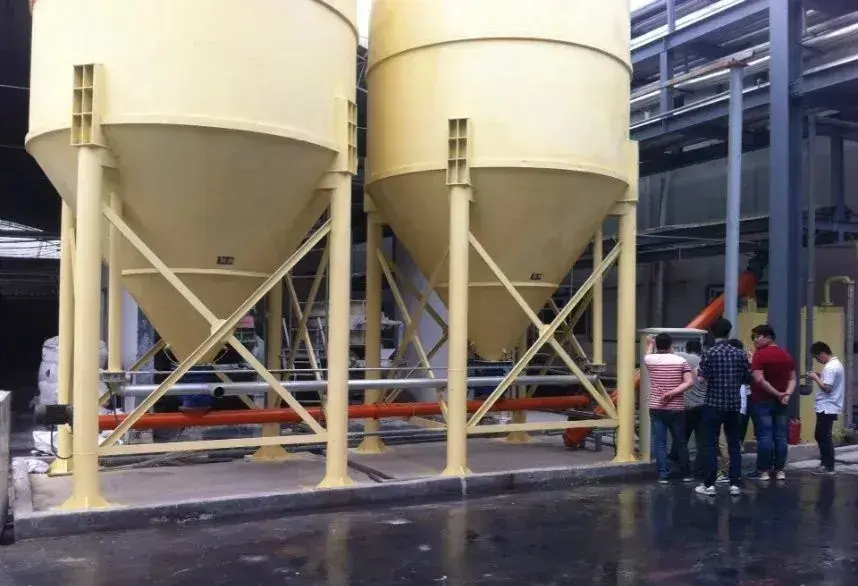The flowability of powder is closely related to their compressibility. This relationship is mainly governed by interparticle forces, packing structure, and deformation mechanisms. The following section analyzes the key mechanisms and influencing factors through which flowability affects compressibility.
Influence of Flowability on the Compression Process
Particle Rearrangement Efficiency
Powders with good flowability (e.g., large particles, spherical particles) undergo more efficient particle rearrangement at the initial compression stage. This reduces porosity, creates a denser packing structure, and lowers compression resistance. For example, copper powder (compressibility index 0.018) exhibits strong flowability and achieves efficient packing early in compression. In contrast, alumina (compressibility index 0.137) has poor flowability, making particle rearrangement difficult and requiring higher pressure.
Powders with poor flowability (e.g., fine powders, irregular particles) exhibit strong cohesive forces. Their tendency to agglomerate forms stable bridging structures, hindering rearrangement and consuming more energy to overcome adhesion during the initial compression stage.
Plastic Deformation Stage
Poorly flowable powders deform more readily under high pressure. Fine powders, with large specific surface area and more contact points, exhibit stress concentration and deform easily, filling micropores and increasing compression density. In contrast, coarse powders with good flowability have fewer contact points, making them less deformable and less compressible.
However, excessive reliance on plastic deformation may cause lamination or sticking, as localized stress concentration can lead to particle fracture or adhesion to the die wall.

Dual Role of Powder Properties
Particle Size and Morphology
Large particles: Flowability is good (gravity > cohesion), but compressibility is poor (harder particles, less deformable). For example, glass microspheres (spherical) have excellent flowability but a compressibility index of only 0.014, making them nearly incompressible.
Small particles: Flowability is poor (dominated by cohesion), but compressibility is high (plastic deformation occurs more easily). For instance, carbon black with particle size <1 μm has a compressibility index of 0.022 but extremely poor flowability.
Morphology: Spherical particles flow better than plate-like or irregular particles. However, the latter exhibit larger contact areas and stronger mechanical interlocking, enhancing compressibility.
Moisture Content
Moderate moisture (adsorbed water): Lubricates particle surfaces, improving flowability but reducing compressibility, as water films hinder tight particle contact.
Excessive moisture (capillary water): Increases cohesion, sharply reducing flowability. Compression density may increase temporarily due to void filling by water molecules, but long-term storage causes agglomeration and poor compression uniformity.
Role of Flow Aids
Adding flow aids (e.g., nanosilica, talc) can significantly improve flowability, but their effect on compressibility is complex:
- Low dosage (0.25–1%): Coats particle surfaces, reducing friction and cohesion, improving both flowability and compression efficiency.
- High dosage (>2.5%): Flow aids occupy voids and increase resistance to compression, reducing compressibility. For example, with 4% nanosilica, basic flow energy (BFE) decreases, but overall compression density also drops due to increased porosity.

Optimization Strategies in Engineering Applications
Process Parameters
- Compression speed: Poorly flowable powders require slow compression to allow particle rearrangement; highly flowable powders can be compressed faster to minimize elastic recovery.
- Dwell time: Poorly flowable powders require longer dwell times to promote stress relaxation and plastic deformation (e.g., starch materials).
Equipment Design
- Hopper angle: Poorly flowable powders require steeper angles or vibration to prevent arching; well-flowable powders can use shallow hoppers to reduce segregation.
- Die design: Highly compressible powders benefit from multi-stage pressing, gradually increasing pressure to minimize lamination risk.
Comparison of Flowability and Compressibility Across Powders
| Powder Type | Flowability | Compressibility Index | Characteristics Summary |
| Copper powder (large) | Excellent (fast flow) | 0.018 | Efficient particle rearrangement, low plasticity |
| Coal powder C (medium) | Moderate | 0.011 | Balanced rearrangement and deformation |
| Alumina (small) | Poor (agglomerates) | 0.137 | High compressibility, relies on plastic deformation |
| Carbon black (ultrafine) | Very poor (cohesion-dominated) | 0.022 | Requires high pressure to break agglomerates |
Epic powder

Powder flowability directly affects compressibility through particle rearrangement and plastic deformation. High-flowability powders achieve efficient initial filling and compaction, but their low deformability limits densification at high pressure. Low-flowability powders require more energy in the early stage, yet they undergo strong plastic deformation under high pressure, resulting in higher final density.
Epic Powder leverages advanced grinding, classification, and surface modification technologies to precisely tailor particle size distribution, moisture control, and additive effects. This enables an optimal balance between flowability and compressibility, ensuring powders meet diverse industrial needs—from uniform die filling in pharmaceuticals to high-density, defect-free green compacts in powder metallurgy.

